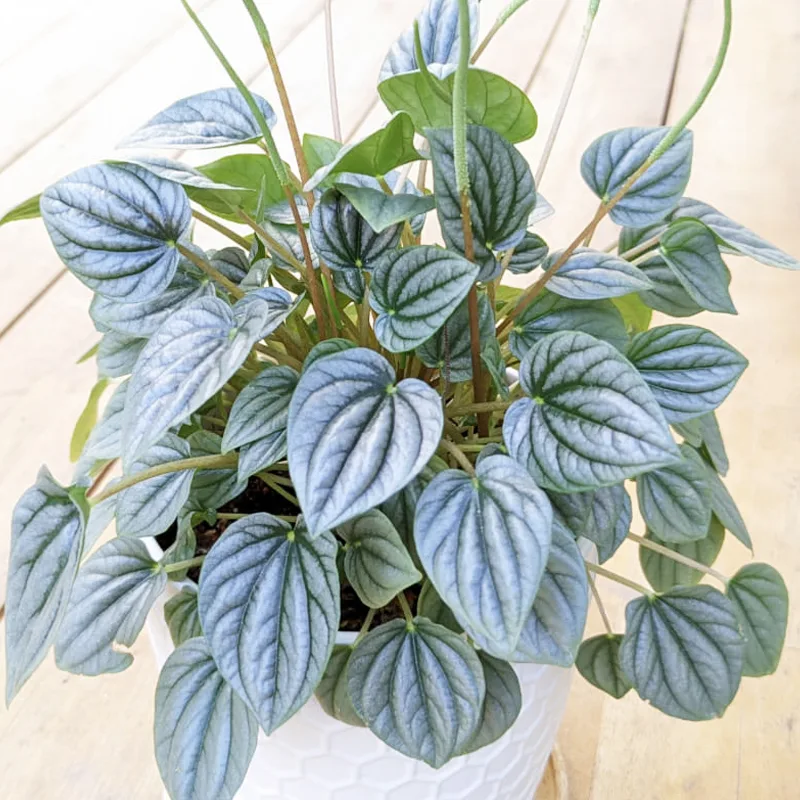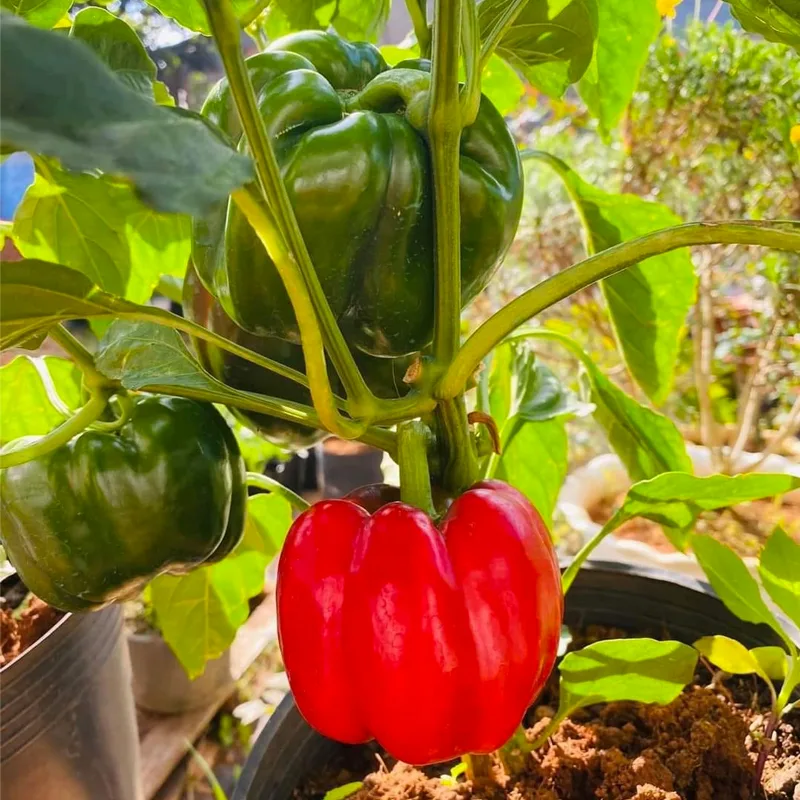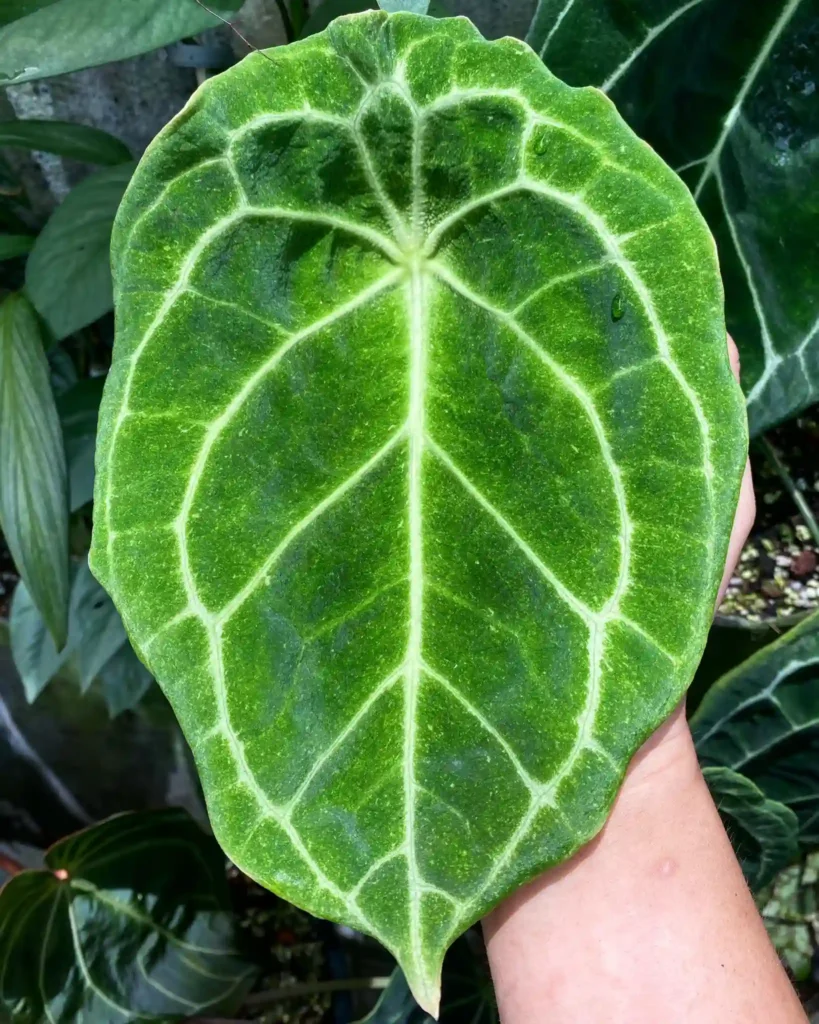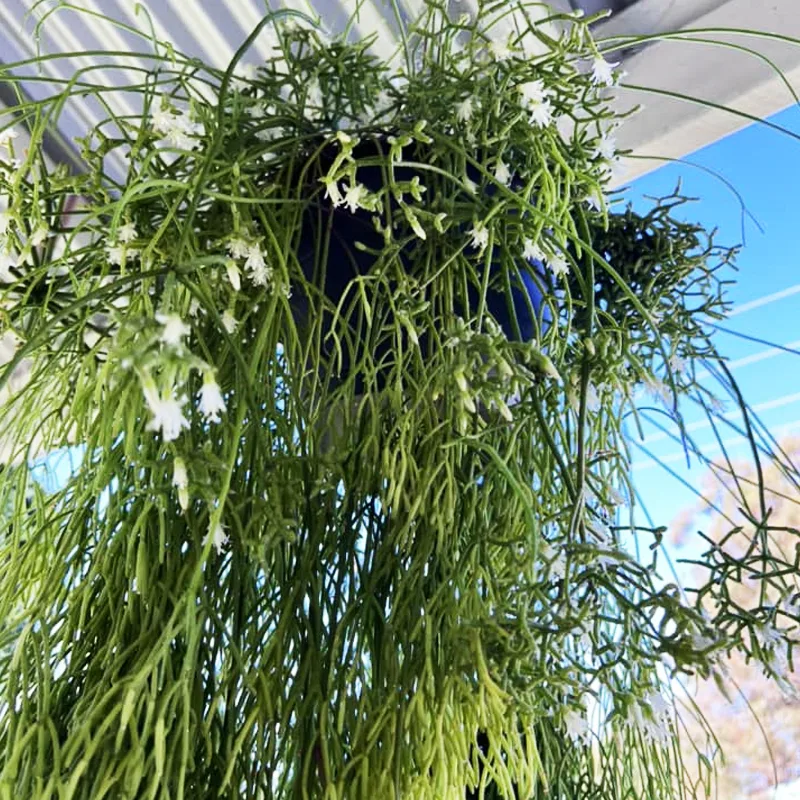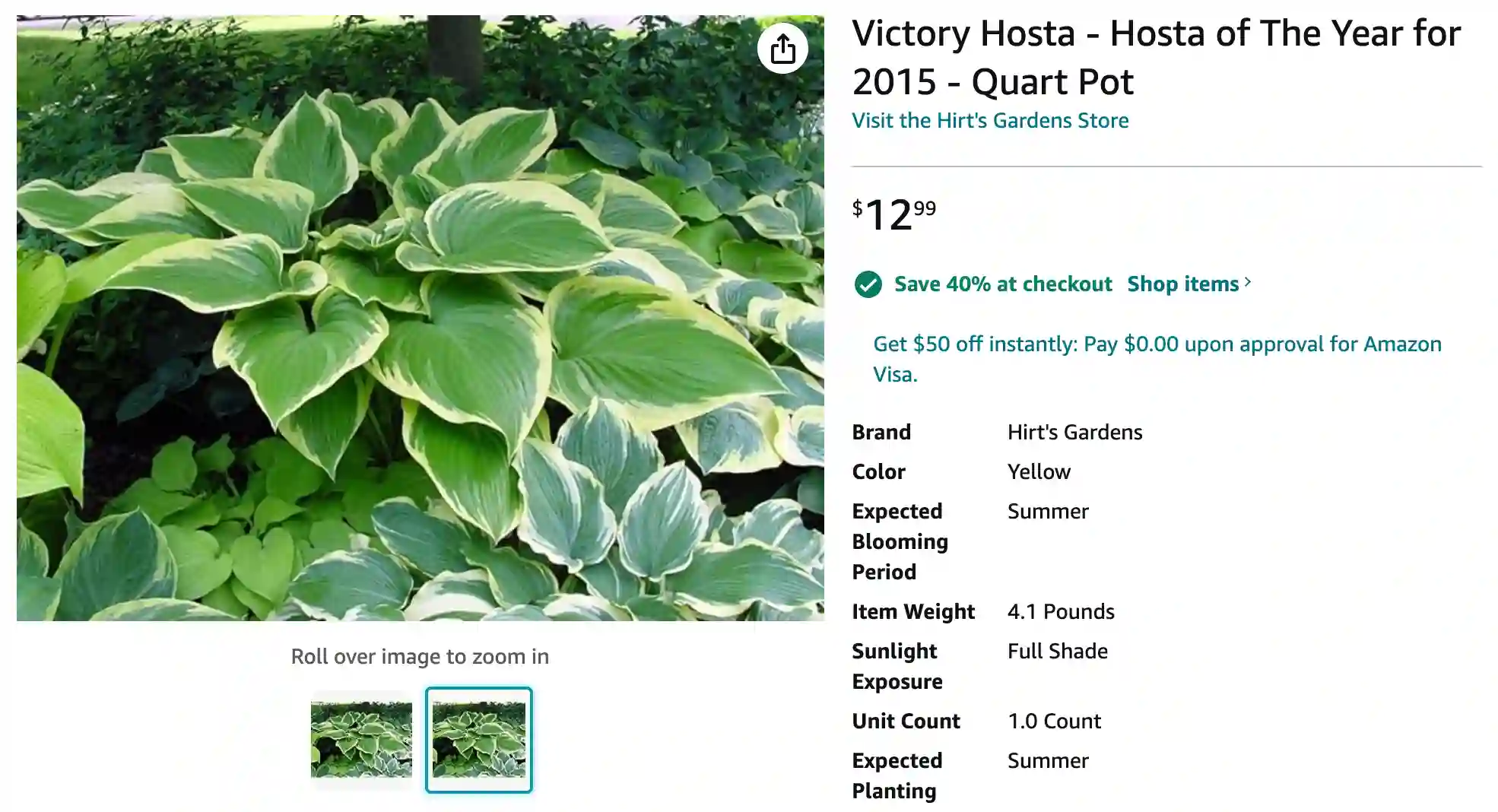
Hosta Victory: Frequently Asked Questions
For gardeners seeking a shade-loving giant, Hosta Victory is a champion. This magnificent specimen boasts impressive size and captivating foliage, making it a true standout in the landscape. Over the years, I’ve fielded many questions about this champion hosta. Here, I’ll address some of the most common inquiries to help you decide if Hosta Victory is the right fit for your shady haven.
31 Species in Genus Hosta
How Big Does Hosta Victory Get?
Hosta Victory lives up to its name – it’s a true heavyweight. At maturity, expect a majestic clump reaching 28-32 inches tall and an impressive 46 inches wide. Imagine a lush, green fortress standing guard in your shade garden.
Sun or Shade for Hosta Victory?
Hosta Victory thrives in shady locations. Direct sunlight, particularly the harsh afternoon sun, can scorch its beautiful leaves. Think dappled light filtering through trees or a shaded corner of your garden – that’s Hosta Victory’s happy place.
How to keep Hosta Victory Victorious?
Planting Hosta Victory is a breeze. Choose a well-drained, fertile location with plenty of organic matter. Amend your soil if necessary to ensure good drainage. Water regularly, especially during hot, dry periods. A two- to three-inch layer of mulch around the base of the plant helps retain moisture and keeps weeds at bay.
Hosta Victory vs. Hosta ‘Final Victory’: Understanding the Differences
Hosta ‘Final Victory’ is a tetraploid sport of Hosta Victory, meaning it has four times the number of chromosomes. This translates to some key differences. Final Victory boasts thicker, glossier leaves with a wider creamy-white margin that fades to a pale yellow in spring. It also reaches a slightly larger size, maturing at 20 inches tall by 40 inches wide.
Both Hosta Victory and Final Victory are stunning additions to the shade garden. If you have ample space and desire a truly monumental hosta, Final Victory might be the champion for you. However, if you prefer a slightly smaller option with a classic green and cream color combination, Hosta Victory remains a magnificent choice.
Hosta Victory vs. Other Hostas: Finding Your Perfect Shade Soldier
The world of hostas is vast, and choosing the right one can be overwhelming. Here’s a quick comparison of Hosta Victory with two other popular shade dwellers:
- Hosta June: Similar in size to Hosta Victory, June boasts blue-green foliage with a wide, creamy-white margin. It tolerates more sun than Hosta Victory, making it a good choice for locations with dappled morning light.
- Hosta Frances Williams: This smaller hosta, reaching only 12-18 inches tall, features heart-shaped, blue-green leaves with a wavy, creamy-yellow margin. It’s a fantastic option for edging shady borders or adding texture to container plantings.
Ultimately, the best hosta for your garden depends on your specific needs and preferences. Consider factors like size, light availability, and desired foliage color when making your choice.
Common Hosta Victory Issues and How to Deal with Them
While a resilient plant, Hosta Victory can face a few challenges:
- Slugs and Snails: These slimy creatures love to munch on hosta leaves. Regularly patrol your plants and remove any unwelcome visitors by hand. Alternatively, use organic slug and snail bait.
- Hosta Virus X: This virus causes distorted, streaked foliage. Unfortunately, there’s no cure. Remove and destroy infected plants to prevent the spread of the virus.
Prevention is Key: Maintaining good garden hygiene and keeping your hostas healthy will go a long way in preventing these issues.
Conclusion: Hosta Victory – A Champion for Your Shade Garden
With its impressive size, captivating foliage, and relatively low maintenance requirements, Hosta Victory is a true champion of the shade garden. By following these simple tips, you can ensure your Hosta Victory thrives and adds a touch of grandeur to your shady oasis for years to come.
If i die, water my plants!
